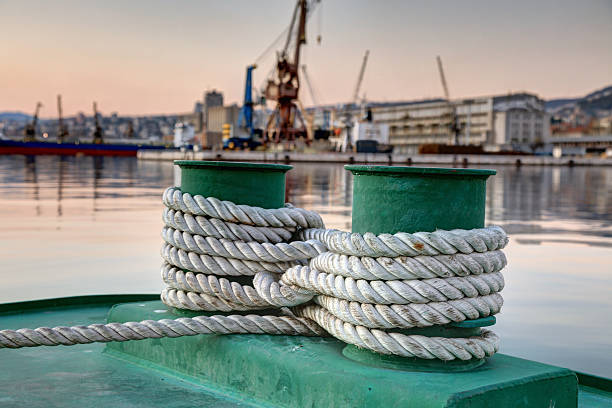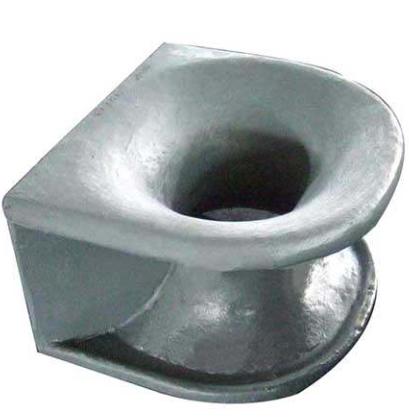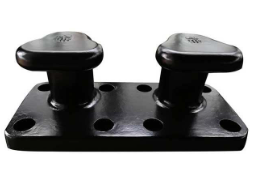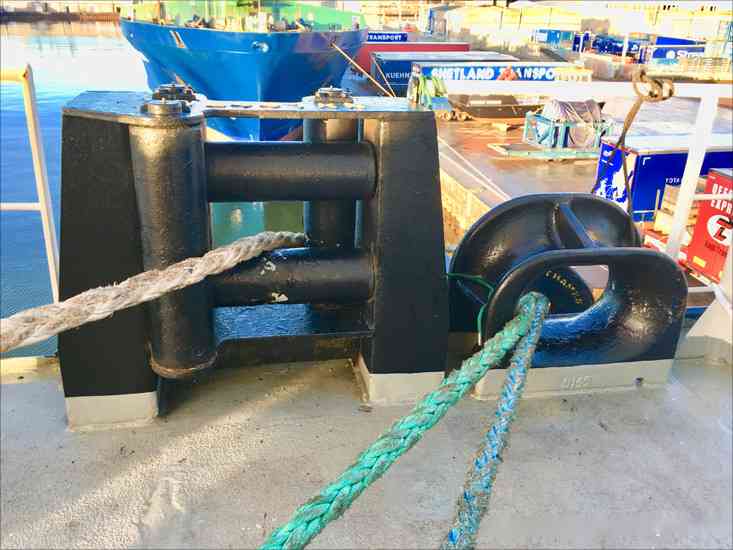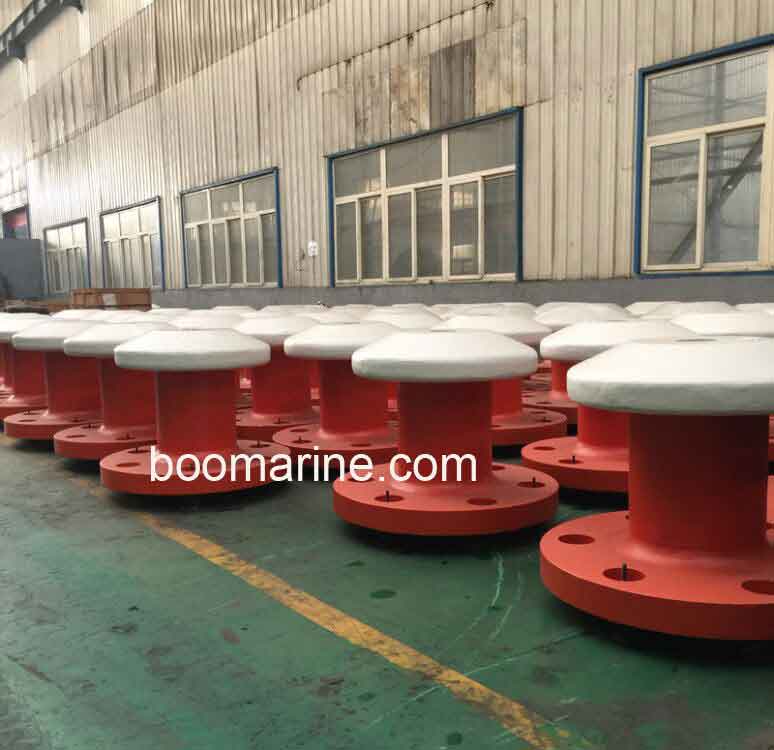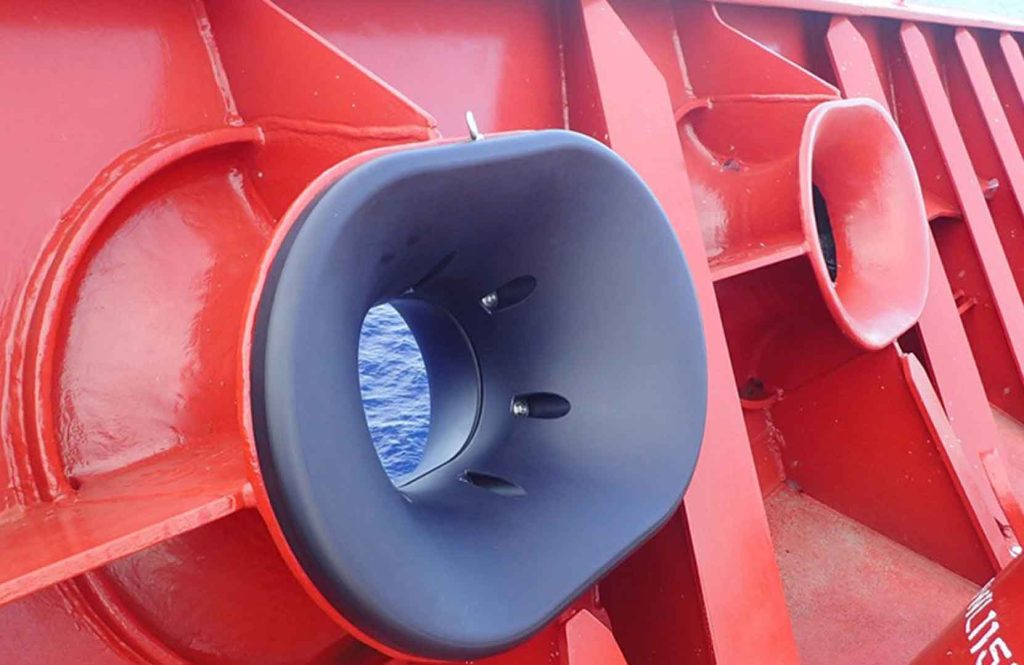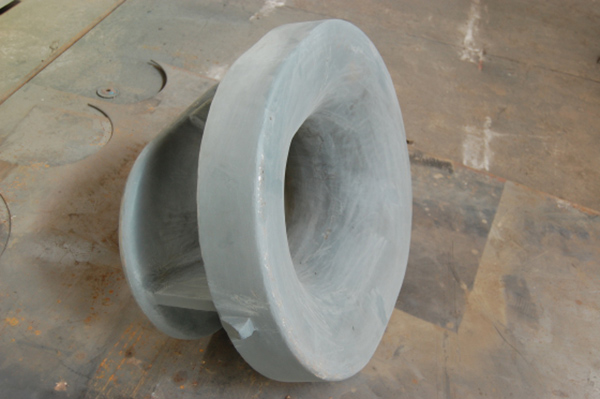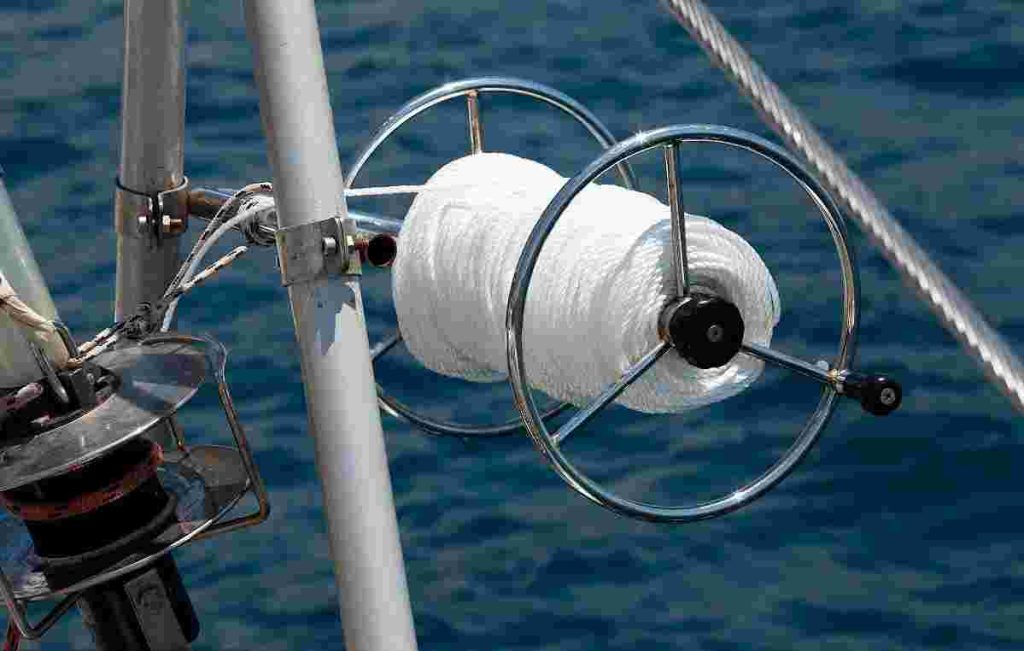Mooring operation is one of the important tasks performed by the crew members on the ship. This work may seem simple, but if the operation is careless or incorrect, it will create a “death trap” for the ship. We have all heard of such accidents, which even lead to the death of the crew.
Therefore, crew members must understand the workings of deck machinery and systems and cargo handling equipment, and take adequate precautions to ensure the safety of individuals and others when mooring on deck. Here, Boomarine summarizes 10 key points of mooring operations, and hopes that the crew will focus on mooring operations on deck to ensure safety.
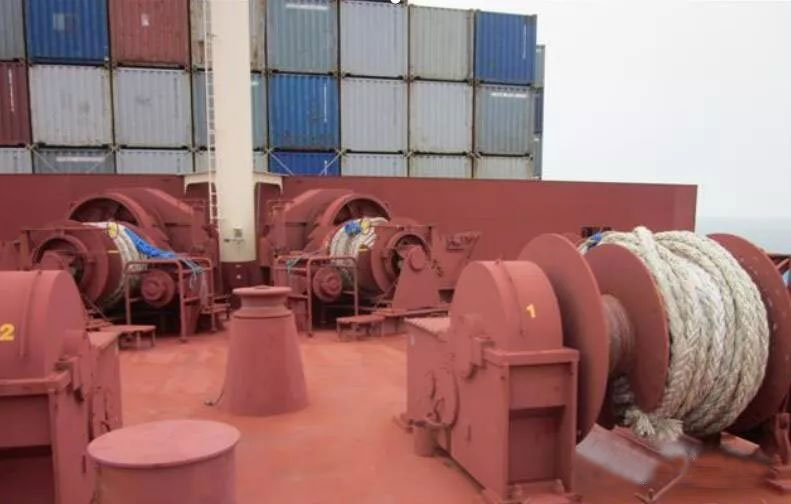
1. Prohibit the stay of irrelevant personnel during mooring
When mooring, in addition to the personnel involved in the operation, ensure that there is no additional irrelevant personnel at the mooring station. Anyone not assisting in mooring operations should be asked to leave the mooring station for their personal safety.
2. Master the weather conditions before mooring
Before planning the mooring operation, take into account the weather conditions in combination with factors such as wind and current. Before commencing mooring operations, the responsible person must have detailed information on current and future weather data.
3. Avoid standing in the rope snapback zone
All personnel involved in mooring operations should be aware of the snapback zone of the rope, because most casualties while mooring are caused by broken ropes. Due to the huge rebound force generated by the broken cable, when the crew standing in the rebound area is hit by the cable with huge kinetic energy, the light one will fall down, fracture, or even die in one hit.
4. Check all mooring equipment
Proper routine maintenance is the key to ensuring smooth operation of mooring equipment and systems. Check all equipment involved in mooring operations (such as mooring winches, windlasses, etc.) for problems, and also Be careful to check the load sensor of the mooring winch.
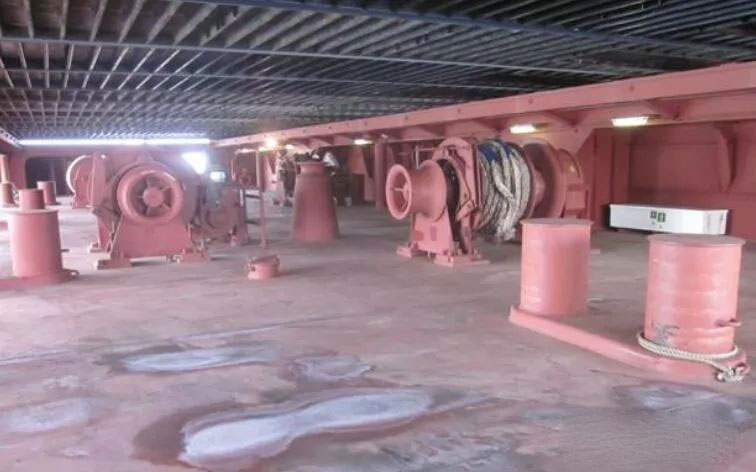
5. Check the tail rope specification of the mooring ropes
The tail of the steel cable is usually equipped with a synthetic fiber tail rope to facilitate the manipulation of the cable and increase its elasticity of the cable. If you are using a steel cable with this type of tail rope, make sure that all ropes with the same function must be of the same gauge material and size, as different sizes of tail rope will cause uneven loading of the mooring rope.
6. Adjust one rope at a time
During mooring operations, only adjust one rope at a time, otherwise it may increase the load on other rope lines. If the two wires are adjusted together, overloading and breakage may result. Strictly follow the orders of the captain or the person in charge to avoid any kind of accident.
7. Check the mooring rope load
The load on any mooring rope shall not exceed 55% of its maximum breaking load (MBL) to prevent the line from breaking.
8. Avoid mixed mooring with ropes of different specifications
Mixed mooring is very dangerous. In general, all lead ropes should be of the same size and material, and if this is not possible, at least the cross, down, head and tail cables should be of the same size and material. If a mixed mooring with synthetic rope and steel wire is used, the steel wire will carry almost the entire load, while the synthetic rope will carry almost none.
9. Continuous inspection after mooring
Even if the mooring operation ends, the load of the rope must be continuously inspected. If there is any change in the ballast condition of the vessel, tighten or loosen the lines as appropriate. The condition of the rope material should also be checked to prevent mishaps.
10. Ensure mooring ropes are symmetrical
All mooring ropes must be as aligned as possible with the transverse ropes. The transverse ropes should be perpendicular to the longitudinal centerline of the ship, and the inverted ropes should be parallel to the longitudinal centerline.

